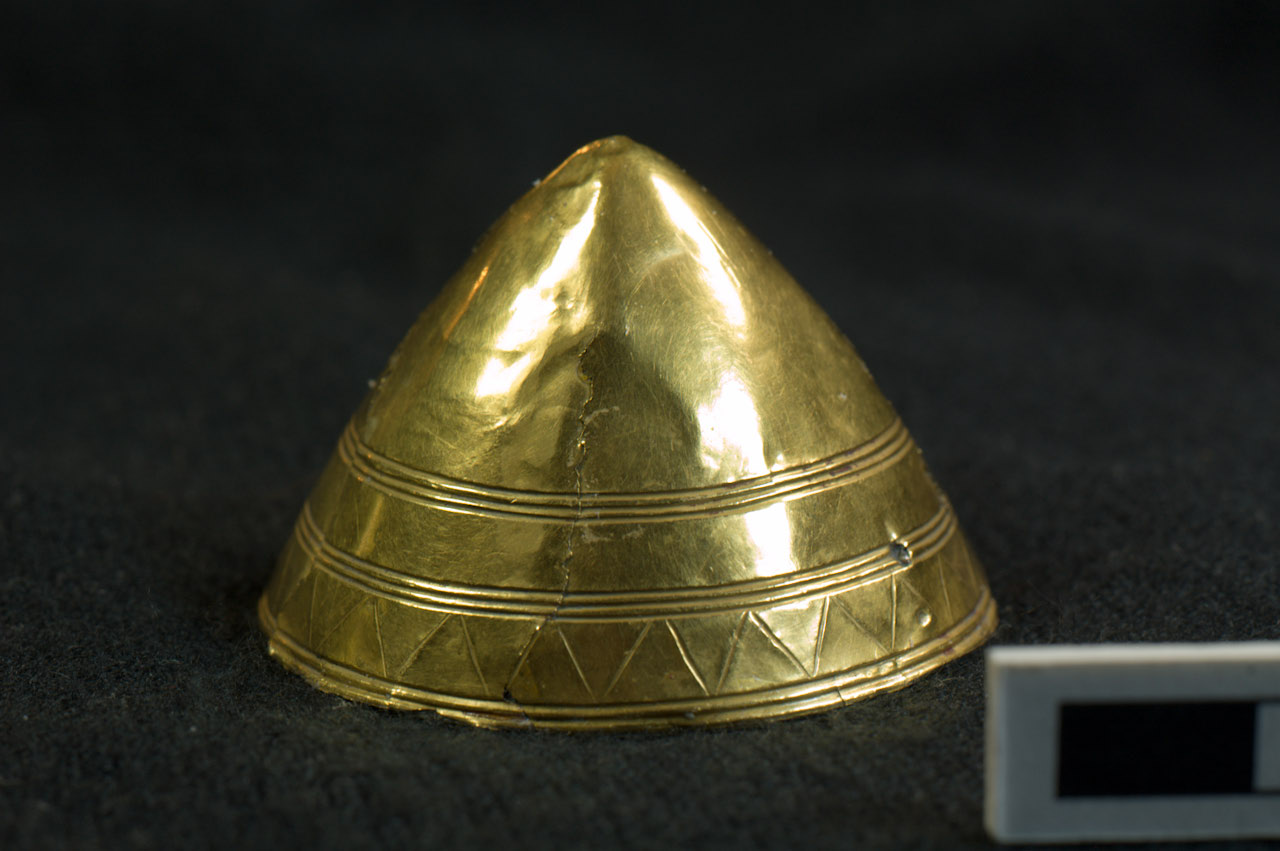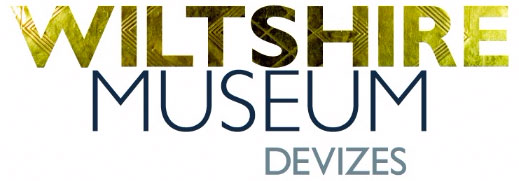Lady with the Amber Necklace
A stunning amber necklace, finely decorated gold plaque, gold pendant and a string of drum-shaped beads are among the precious objects found with the cremated remains of a woman buried near the River Wylie at Upton Lovell, about 8 miles west of Stonehenge. She was laid to rest in a barrow in about 1,800 BC. Close by was another cremated burial, perhaps a member of her family.
Amber spacer-plate necklace
This necklace was once made of around 1,000 amber beads, but now just over 300 survive. The flat 'spacer-plates' were drilled to hold the six strings of beads in place. Detailed examination suggests that the beads may have been from two necklaces. The necklace may have been made in Denmark or on the Baltic Coast. Necklaces with similar 'spacer-plates' have been found that are made of jet, which comes from Whitby. This suggests that this style of necklace was also made in Britain, using local materials.
Other 'spacer-plate' necklaces made from amber have been found in Southern Germany and also in the Royal Shaft Graves at Mycenae in Greece. This suggests that there we long-distance contacts across Europe in the Early Bronze Age, stretching from Britain to the Mediterranean World.
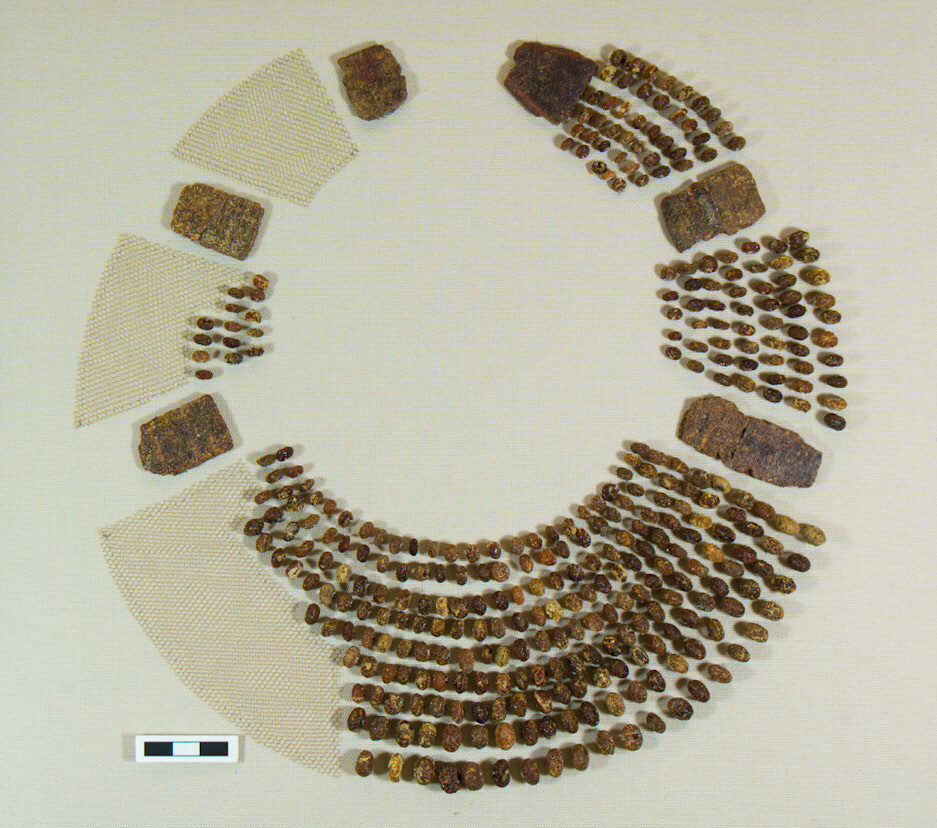

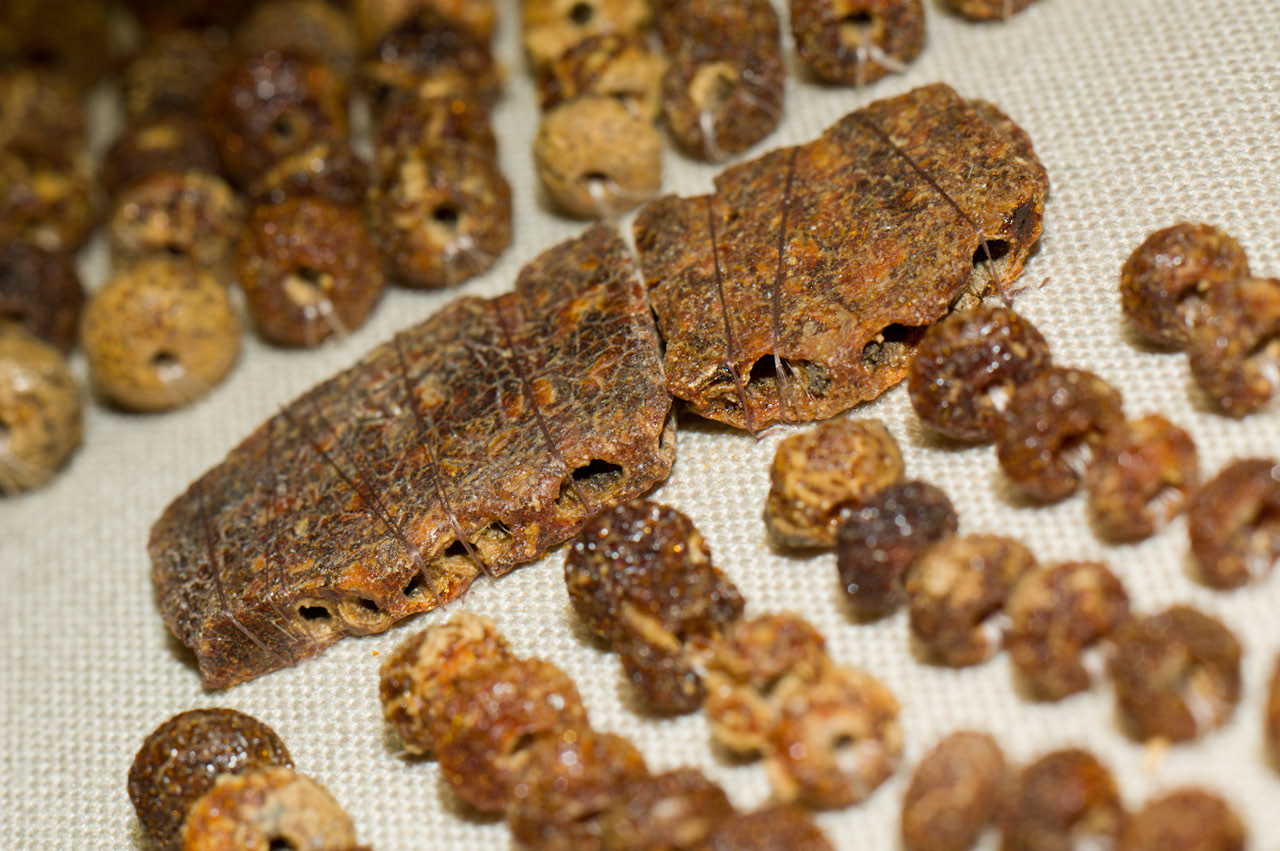

Gold plaque - made from gold sheet less than 0.1mm thick, originally it was fixed to a backing, probably of wood. The plaque would have been sewn to an item of clothing, perhaps a cloak
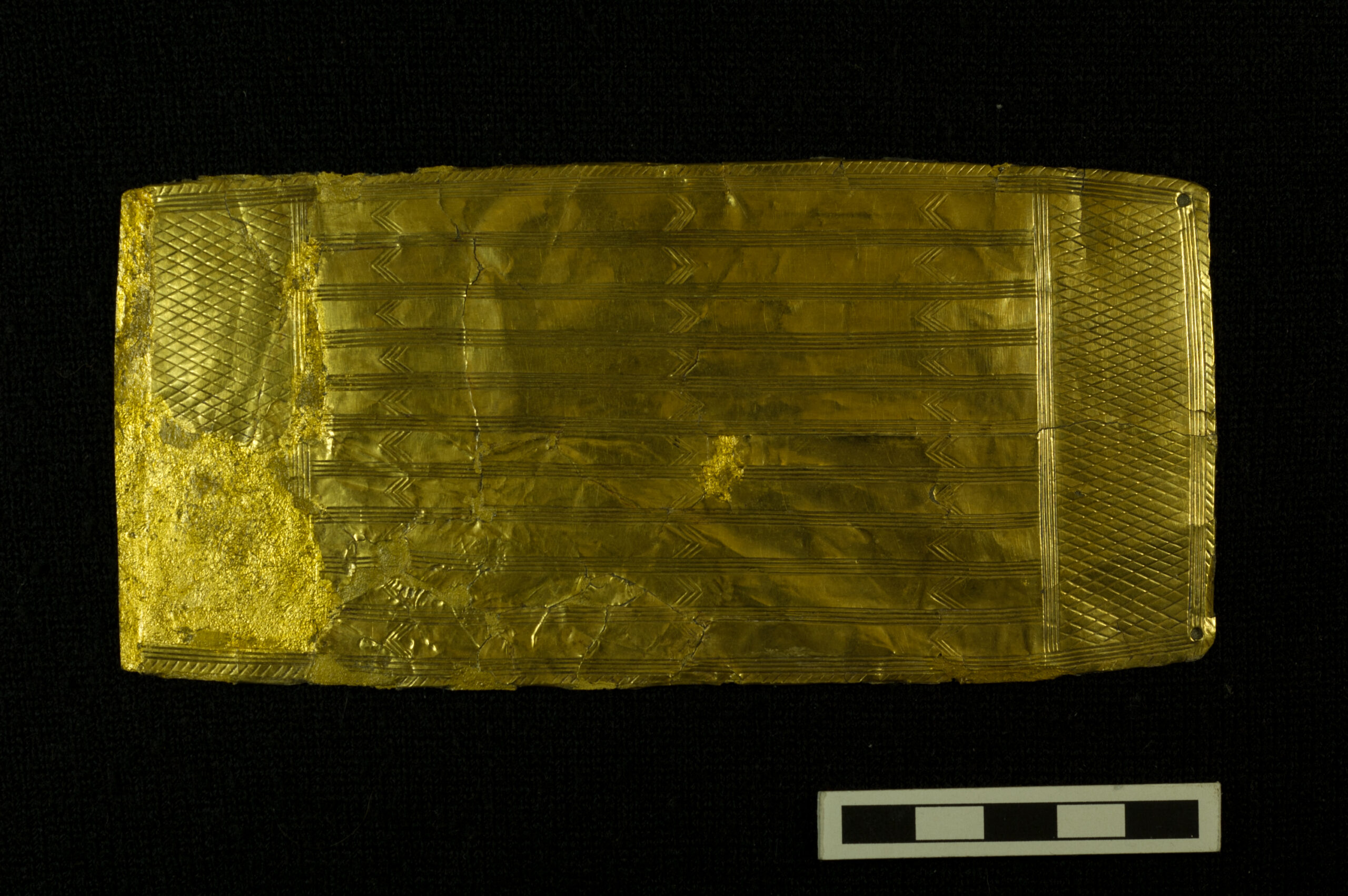

Gold drum-shaped beads - these eleven beads may have been part of a necklace or were possibly sewn onto clothing as decoration. They were made from coiled strips of gold with a gold cap at each end.
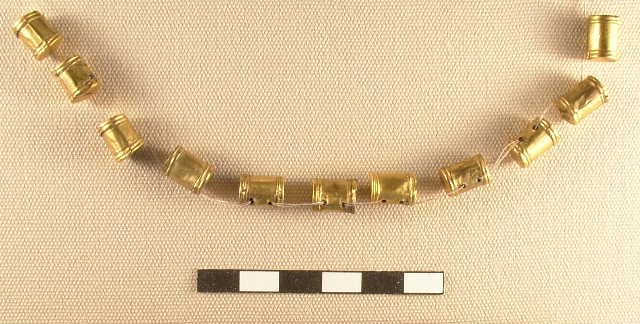

Gold caps - may have once decorated the ends of wooden staffs or sceptres.
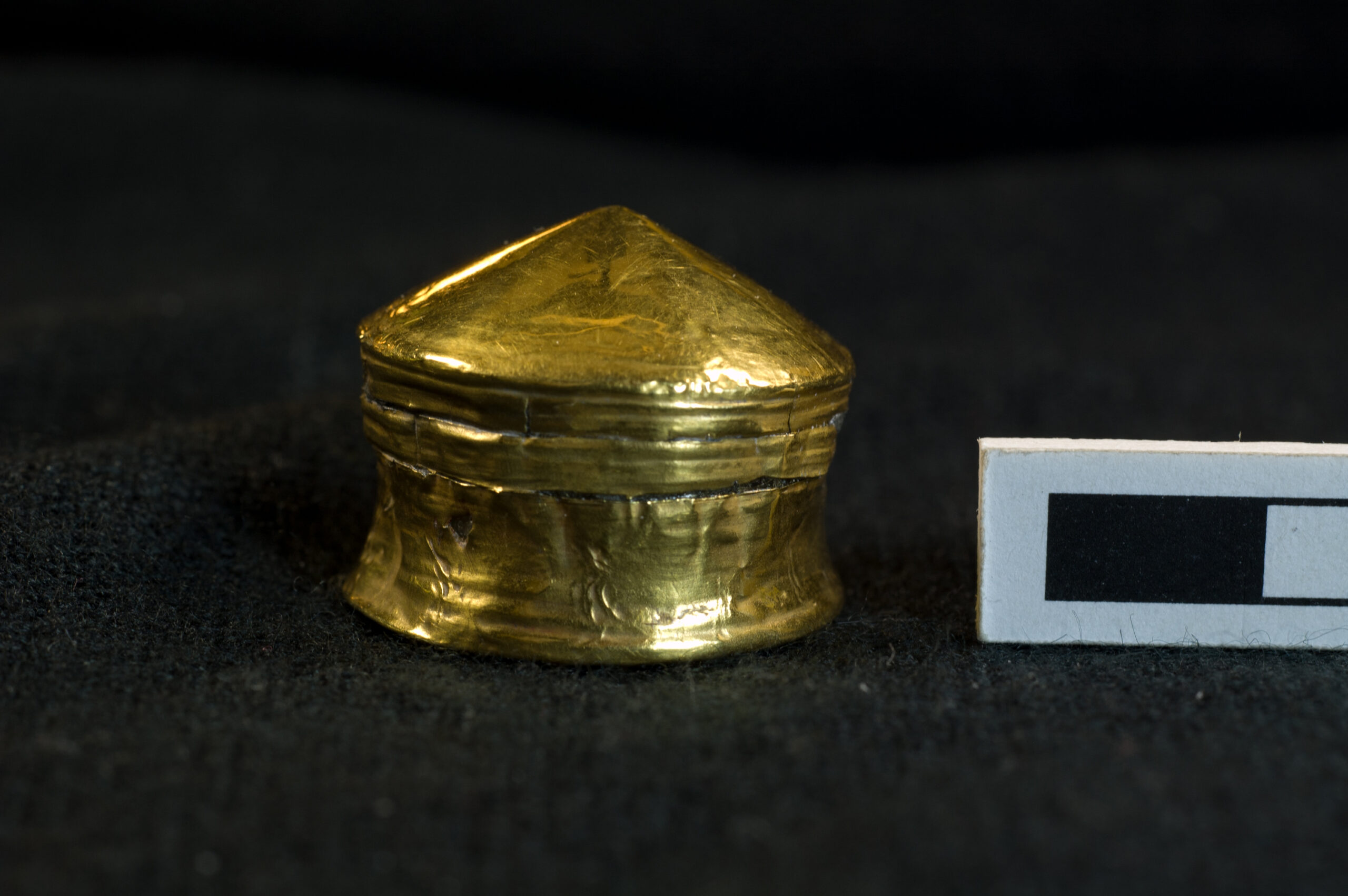

Incense 'grape cup' - these miniature pottery vessels were specially made to be used in funeral ceremonies and were placed in cremation burials, usually of women. These may have been fired on the funeral pyre and used to burn scented plants, hallucinogens or oils during a funeral ceremony. Holes in the side allowed the fragrant smoke to escape into the air.
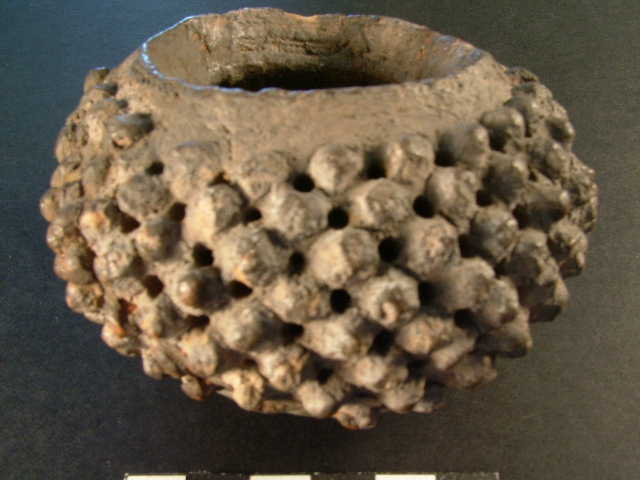

Shale pendant and gold cover - cone-shaped shale pendant, decorated with incised lines. The cone was encased in gold sheet, decorated with the same incised lines.
For more details of the location of the burial, see this Historic Environment Record.
